Italian quality and origin make the difference in the chili pepper segment, especially considering that there are a lot of products being imported from abroad.
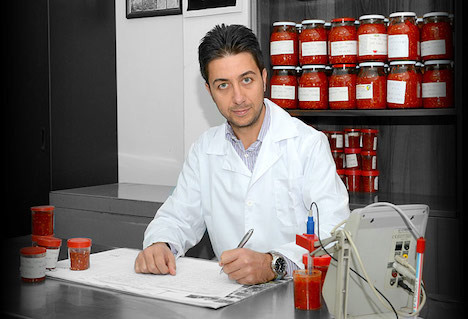
"Chili peppers are without doubt one of the most popular spices in Italy - and in some regions in particular - thanks to their intense color, flavor and aroma. However, it is the Asian cuisine that uses them the most and appreciates and recognizes the quality of Italian productions," reports Marco Cirillo, sales manager for Pepita Srl.
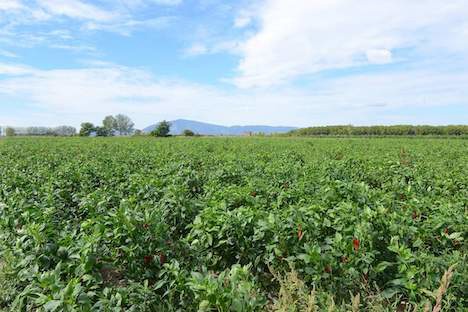
Pepita exports 90% of its production, mainly "Naso di cane" chili peppers, an Italian variety that also grows in hilly areas: it has a unique aroma and is not particularly spicy.
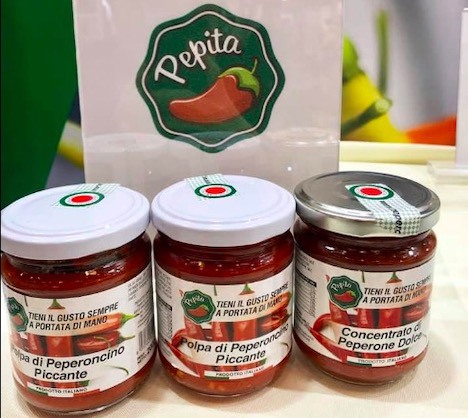
Pepita is located in Torre Annunziata, in the west of the Campania region, a few hundred meters from the sea and not too far from the Sorrento peninsula and the Lattari mountains. It covers around 6000 sq m in total, 4000 of which destined to storage and 2000 sq m destined to processing plants boasting state-of-the-art machinery.
Chili pepper plants are part of the Solanaceae family and, when dried, the fruits produce a very popular spice. Capsaicin, the alkaloid responsible for the pungent flavor, is concentrated mostly in the inner placenta containing the seeds.
"We mainly process chili peppers grown in southern Italy, between Sicily and Campania. We turn them into pulp, concentrated paste and sauces, i.e. ingredients that can be added to dishes of all kind," explains Marco Cirillo.
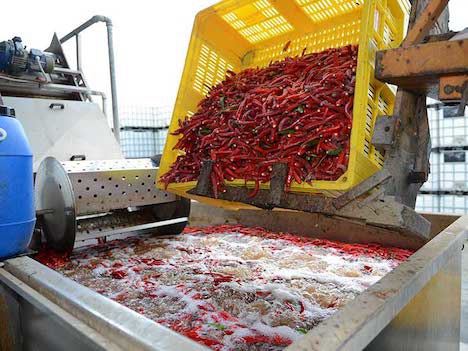
Chili peppers are usually sowed between March and May, while harvesting is between August and November.
Ripe fruits are washed and sorted and the core is removed manually.
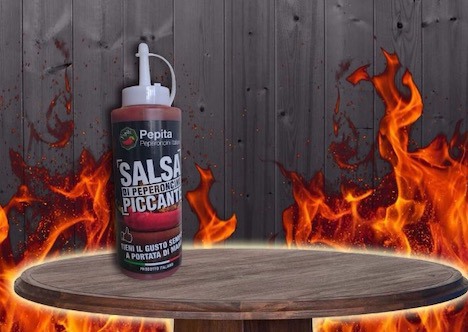
Chili pepper pulp or sauce - both sweet and spicy - is processed fresh and uncooked. The absence of heat stress means that the products remain fragrant, with the intense flavor and spiciness typical of Italian chili peppers unaltered.
The extreme flexibility of the product makes it an ideal accompaniment to all dishes: from bruschetta starters to various types of meat and fish courses. The same process is used to obtain concentrated paste as well.
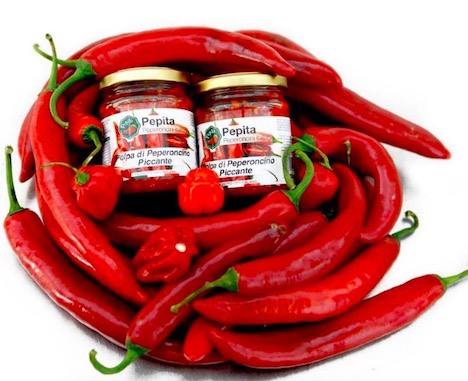 |
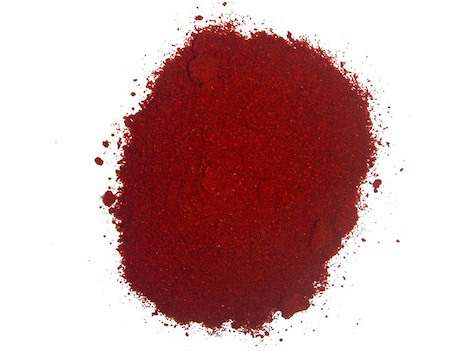 |
Left: chili pepper products / Right: chili pepper powder.
"We take care of promoting our brand in fairs and to illustrate our products and territory both in Italy and abroad. What is more, we pay a lot of attention to packaging. Nowadays, unique formats and new quick ways to use the products are a valid alternative to traditional and impersonal formats. What is more, good value for money ensures our products are largely available in big retail stores."
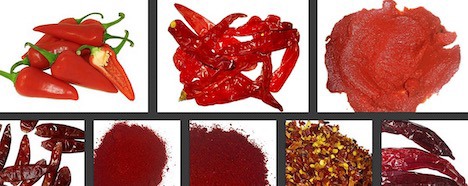
"Chili pepper powder is very popular and is mainly used to make Sambal Oelek. The various versions differ depending on how they are prepared, the type of chili pepper used and how it is powdered and the accompanying ingredients. Ethnic cuisine is increasingly appreciated by Millennials, and this helps us spread our specialities all over the world."
Contacts: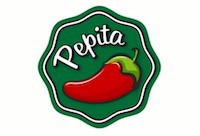
Pepita Srl
Via Castriota, 86
80058 Torre Annunziata (NA) - Italy
Tel.: +39 0815369880
Cell.: +39 334 655 7829
Email: info@peperoncinitaliani.com
Website: www.peperoncinitaliani.com
